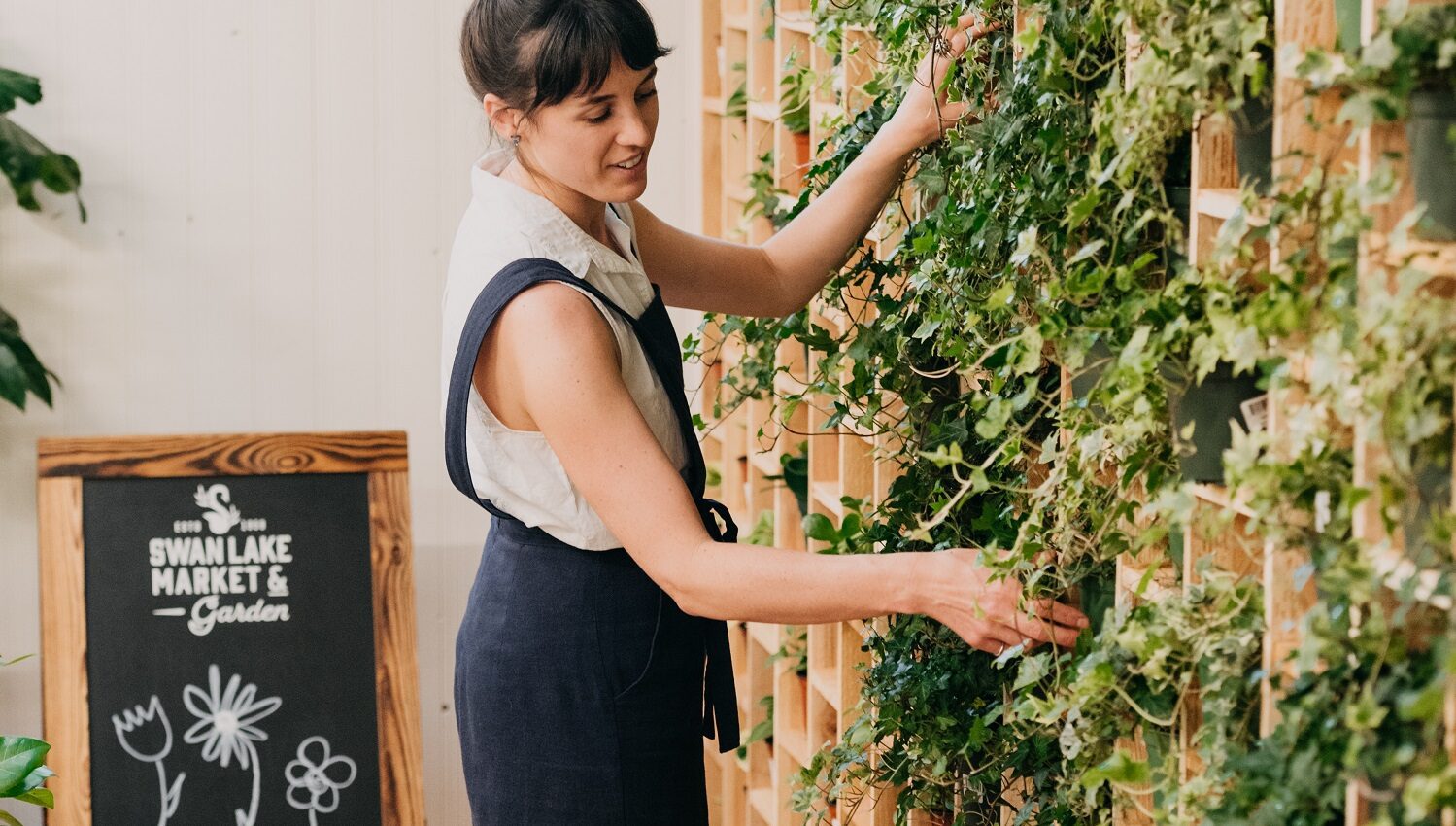
Some plants provide food in the form of seeds, or as hosts to insects. Others provide nesting material. Some plants simply provide shelter and protection from predators. Designing garden spaces with birds in mind can add much to the overall health of the ecosystem.
Plant Selection for Food
Native birds benefit from native plants, and there are some good resources online to help come up with native plants by region. The Canadian Wildlife Federation’s Native Plant Encyclopedia is an amazing resource and a great place to start. More generally, there are some common garden plants that benefit a wide variety of birds. Think of it as growing birdseed.
Agastache – Anise Hyssop will attract hummingbirds and butterflies while it’s in bloom, and then as the seeds set, sparrows and finches will be glad for the seeds.
Coreopsis – Gorgeous yellow flowers are followed by an abundant food source for numerous bird species. Lance-Leaf Coreopsis is particularly easy to grow.
Cornflowers – This annual flower is very easy to grow, it has edible flower petals, and produces seeds that are sought by numerous bird species.
Cosmos – Cosmos produce seeds that birds will eat. Enjoy the flowers in summer and as fall approaches allow some of the plants to mature and dry for the birds.
Douglas Aster – This plant blooms at the end of summer and provides an important source of pollen for late season pollinators like Skipper butterflies. Then it produces nutritious seeds for wild birds.
Echinacea – Purple Coneflowers are highly ornamental perennials that bloom over a long period in the summer. As the flowers fade, edible seeds mature in the “cone” section that attract finches and other seed eaters.
Gaillardia – Blanket Flower is another coneflower that features upward-pointing seed heads at the end of the season. This will attract a variety of finches.
Milkweed – Birds of many kinds can use the silk attached to milkweed seeds as nesting material. Butterfly Bush Milkweed does very well in hot, dry situations, while Swamp Milkweed is a better choice for boggy areas.
Rudbeckia – Like other coneflowers Black Eyed Susans produce nutritious seeds that are important for seed eaters.
Sunflower – All sunflowers produce edible seeds for birds. Peredovik produces the much prized black oil sunflower. The giants like Russian Mammoth produce larger morsels. Sunflowers that are planted in groups provide extra shelter for birds as they feed on the seeds. Sunflowers produce seeds that are high in fat, and they do so just before the arrival of cold weather, when birds most benefit from a fat-rich diet.
Zinnia – All Zinnias produce bird-edible seeds, but Z. haageana is a particularly rich food source.
This list is not exhaustive by any means, but it begins to show just how many familiar garden plants can be incorporated to enrich the lives of local and migratory birds. This is not even to mention all the vines, shrubs, and trees that produce berries and fruits.
Water
Birdbaths may seem like a quaint or old fashioned idea, but it can’t be overstated just how important a source of freshwater is to wild birds within the urban environment. Birdbaths can be constructed from a wide variety of materials, as long as they are wide and shallow like a large pie plate. They need to be cleaned and refilled regularly, particularly during hot, dry weather. It’s helpful to incorporate a small pump or bubbler to disturb the water’s surface. Passing birds will notice the ripples and stop for a drink or bath.
Shelter
In general birds are very good at finding features to help protect them from the elements and predators so long as there is structural diversity available. Dense ground cover, clusters of trees and shrubs can provide invaluable habitat where birds can safely nest and rest throughout the year. Adding dimension with rock features, hills, tree clusters and other features can help create nooks and safe heavens from prowling felines and wild predators. Appropriately sized nesting boxes have also been known to attract breeding birds, but may take several seasons before being occupied.
Find your bird Garden ZONE and other excellent resources:
https://birdscanada.maps.arcgis.com/apps/webappviewer/index.html?id=d07b12cad5124e58a868f6ebf25507ae